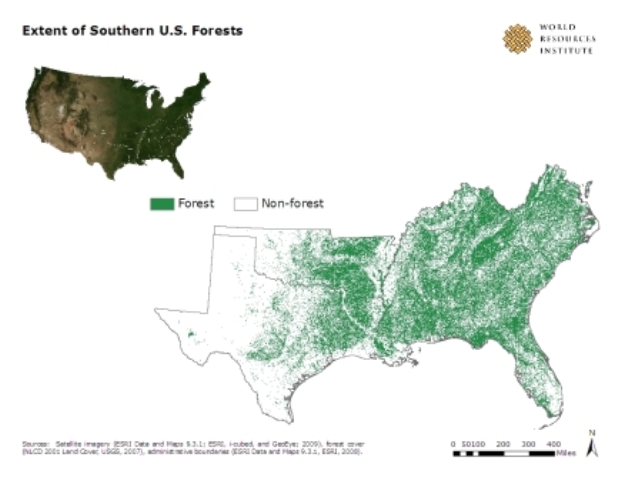By Luo Yang, Guest Blogger
Forest management in China is very different from the U.S. in many aspects, including forest ownership structure, policies and regulations, and taxes.
Personally, I think there are two key differences. One is the managing organization structure. In China, every province has a forest department or bureau, which is responsible for managing the forests in its territory as a branch of the local government. Below the province, districts, counties and towns have their own forest managing organizations as a branch of all levels of local government. In the U.S., as an agency of the U.S. Department of Agriculture, the USDA Forest Service manages public lands in national forests and grasslands, and it operates through only nine geographic regions around the country. Comparing the two management systems, it seems that forests are managed according to the geographic characteristics and forest distribution in the U.S., while they are managed according to administrative structure in China.

Another major difference is in the ownership of forestland. In the United States, about 57 percent of forestland is private. There is no private forestland in China; all forests are state owned or collective (or called community) owned. State-owned forests mainly consist of natural areas, reserves and some plantations. Collective forests are generally owned by villages or local governments. People then lease individual plots or trees for harvesting and other purposes. About two thirds of China’s population is in rural areas, and they rely on collectively owned land as a primary source of income and other needs. In fact, most of China’s forests (about 60 percent) are collective owned and are mainly found in southern China.
In 2003, the Chinese government began to carry out Forest Tenure Reforms, which encourage the collective forest owners to reassess and reallocate their forest use rights (not the land itself) based on a majority vote. This allows the forests to be managed under the will of majority and assures that everyone has a vote and voice in how to manage his or her own forest. This allows farmers and other partners to try to benefit most from the forestland. Being called the second revolution in rural areas, the reform will surely increase the enthusiasm of farmers and attract more investment in the forest, which is one of the current crucial problems in China’s forest management.
And with that, my time as a blogger is coming to a close. I had a wonderful time at American Forests.
Just as I expected before coming, I learned a lot. All the people are so warm, helpful and thoughtful. While I have now moved on to exploring America’s West Coast, I believe my time at American Forests was just a beginning. I will keep touch with American Forests and look forward to cooperation in the near future.
Thanks, American Forests!